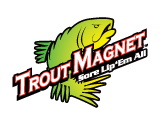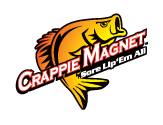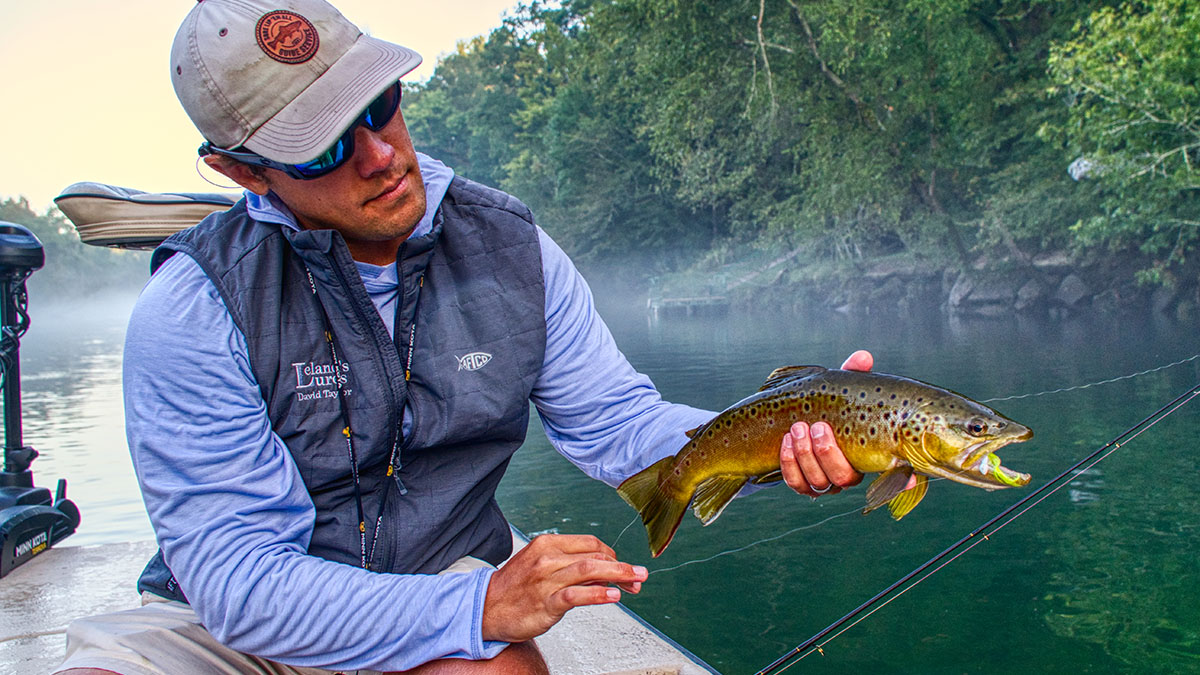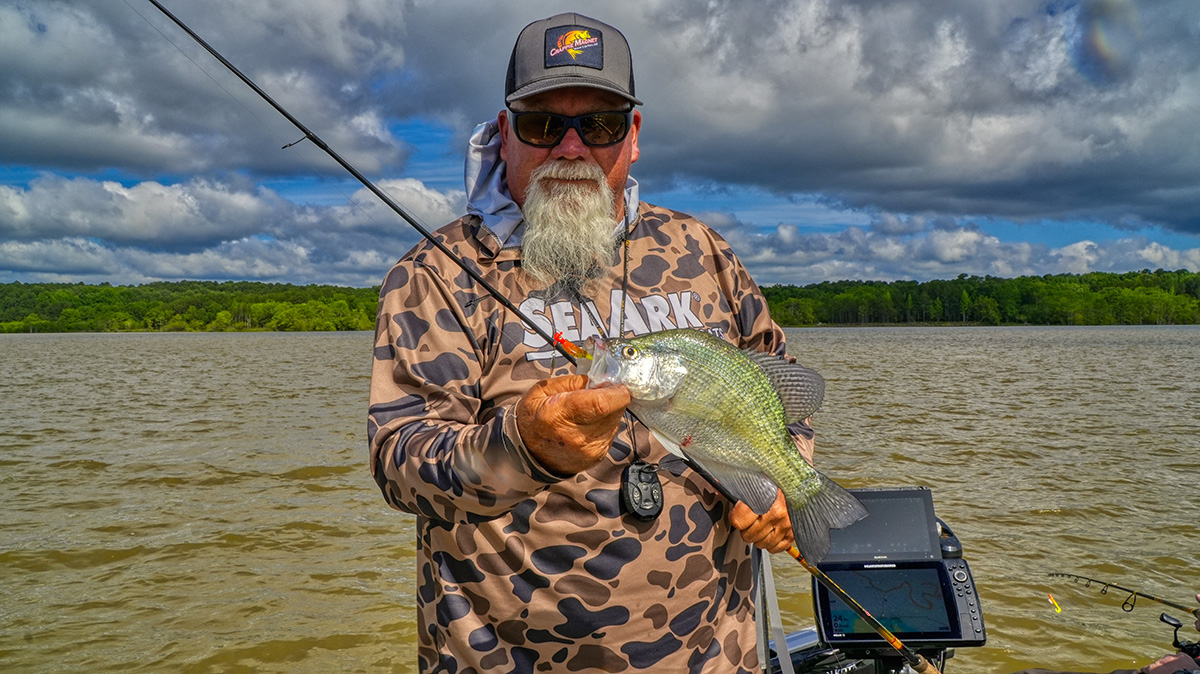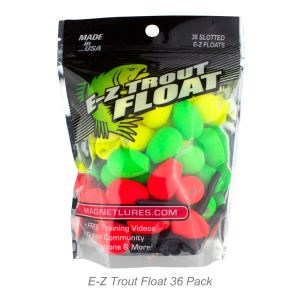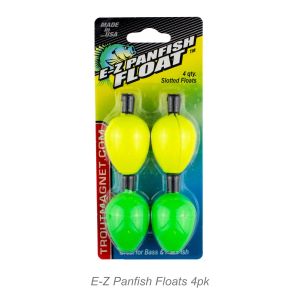A lot of us who call fishing our favorite pastime now, once started out as a wide-eyed kid staring at a bobber willing it to go under and feeling that rush when it finally did. Honestly most of us will never grow tired of that part of float fishing. But many anglers fail to realize how effective bobber, indicator or float fishing for crappie can be.
While there are various names for a cork above a jig or minnow, the truth of the matter is it's more than just an indicator to let you know when you have a bite. It's a suspending mechanism that can make you a lot more effective with your presentations and work lures much slower than you ever could without one. And of course it will let you know when a fish takes if you pay attention.
WHY TO USE FLOATS FOR CRAPPIE FISHING
There are many reasons to use a float for crappie fishing. First, a float will let you know when the fish takes a jig or a minnow that is sitting in one spot. Second, it can help you suspend a lure or bait in one spot for an indefinite amount of time. Something beneficial when crappie are tight-lipped or their metabolisms are slow. And lastly it can help you work the lure better at speeds more conducive to getting bites from crappie that won't really chase lures like a lot of other game fish will.
"On the lakes around the house in Ohio, their deepest water is only around 6 feet," said longtime pro angler and TV host Russ Bailey of Brushpile Fishing. "I use a float year round because it allows me to present my jigs better."
Bailey uses floats for casting to open water fish, fishing vertical cover, fishing isolated brush piles and stake beds and even shooting docks. And he will use the fishing clip or pinch-on floats like the E-Z Trout Float or Panfish Magnet E-Z Floats in water shallower than 5 feet. At about 5 feet, he will often switch to slip floats like the Stan's Mini Float, that allow you to put a bobber stop on your line, and the float slides down to your lure making it easier to cast. Then when it hits the water, the line will "slip" through the bobber until it hits the stop. Then your jig is suspended at whatever depth you put the peg.
The beauty of a slip float is you can fish a bobber a lot deeper than the clip on kind because you can still cast it. With a clip on float, you will find it very hard to cast once you clip the bobber about 5 feet or more above the jig.
INDICATING STRIKES WITH BOBBERS
While it's fairly obvious to know you have a bite when your float disappears underwater, detecting the strike is often a lot more than waiting for it to go under.
"I have given seminars at a lot of shows and fishing tournaments over the years and I became friends with the people who work the tanks full of fish for demonstrations," Bailey said. "I've spent a lot of time watching how tentatively crappie take a jig under a float. And so often that crappie eases up takes the jig but doesn't pull the float under because he's staying at the same level the whole time and doesn't move off after eating the jig."
Understanding that crappie eat bugs and other things all the time and don't swim away every time the eat one makes a lot of sense. And also when fish are cold in the winter months with slower metabolisms, they don't move as much while feeding.
"Once you learn to detect that float laying over, dimpling in the water or other slight movements, you will also learn to set the hook every time you see that bobber do something different," he said.
The beauty of the float is you can fish slowly and stealthily and react quick to subtle bites that you might otherwise not feel at all.
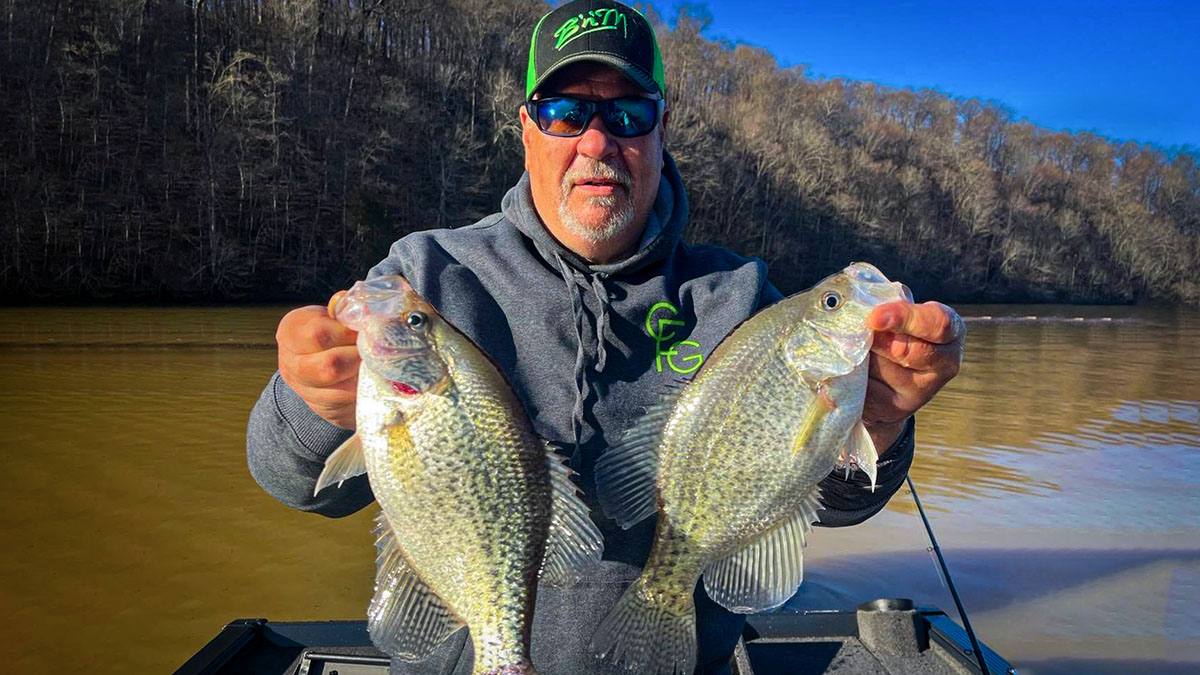
HOW TO USE FLOATS FOR CRAPPIE FISHING
There are tons of bobbers and slip floats on the market, but staying simple is the name of the game for the avid float fishermen. A good pinch on float like the E-Z float and a good slip float like the Stan's Slip Float is really all you need to cover your bases. Then it's just about using them correctly.
The Panfish E-Z Float from Crappie Magnet works great for jigs up to 1/16 ounce. While the Trout Magnet E-Z Float is perfect for 1/64 and 1/32-ounce jigs. And the Stan's Mini slip float works great for 1/32 and 1/64 ounce jigs and the regular Stan's Slip Float works great for 1/16 ounce jigs.
If you use a slip float, the first thing is to decide on a bobber stop. If you have large enough guides, you can use the rubber stops on the wire as your bobber stop. Or, if you prefer like I do, you can use the string kind where a string is on a tube and you slide your line through the tube and then slide the string off and tighten it down.
Then set your stop however deep you want to fish from the jig or hook at the end of the line. I use my rod as a good reference piece. If I want to fish 6 feet, I stand my 8 foot rod up, bring the end of my line down until I'm like 2 feet from the bottom and the push my peg right to the tip of the rod.
Then slide on your bobber.
"I also like a bobber stop under the bobber," said longtime float fisherman Dean McCoy of Kentucky Lake. I will set second stopper about a foot above my jig so when the float comes down, it doesn't slide down and jam my knot into the bottom of the bobber and keep the jig from slipping freely when it lands."
For the pinch on kind like the E-Z Float, pull the pin out of the top, slide your line through the groove in the float and set it where you want it and then push the pin back in so it "pinches" the line against the inside of the float holding it in place.
After that both Bailey and McCoy like to work the jig with a pull and drop or a twitch and pause. So they will twitch the bobber along and then stop and let it sit. And watch the float for the slightest of movement while it's sitting still.
You can fish floats over grass, over laydowns, over brush piles and stake beds, next to boat lifts and under docks and even in open water.
"The cover doesn't dictate how I will fish a jig under a float," Bailey said. "The mood of the fish does. If they are less aggressive or their metabolism is slow, I will barely twitch it along and make my pauses a lot longer. I let the fish tell me how far and fast they are willing to chase."
WHERE TO BOBBER FISH FOR CRAPPIE
The other great thing about float fishing is that you can employ this rig in a wide variety of areas and types of cover. It works great over grass, next to boat lifts, over stake beds and brush piles, around laydowns and more.
The goal is to keep your bait in the strike zone, which is often a very small window or short distance. Sure crappie will follow a bait, but most of the time, the longer you can get a bait to sit on their nose or in their face without them having to chase it down, the more your odds increase to catch that fish.
So if you have crappie relating to some form of cover or structure, you can employ a float to keep your bait at their level or just above it and coax them into that bite. Same goes for open water fish. You will find schools of black crappie suspending and chasing bait in open water as well as roaming open water white crappie individual fish. All of these fish are susceptible to a jig presented under a float.
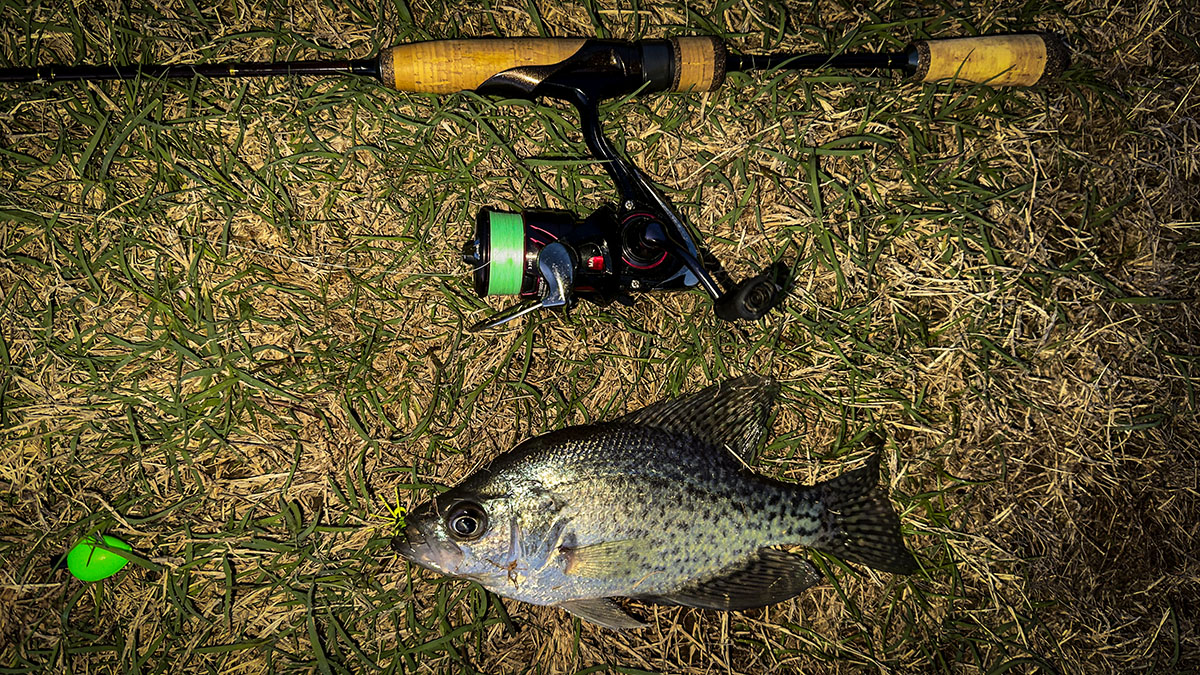
USE THE RIGHT GEAR FOR BETTER FLOAT FISHING
A lot of jigs and live baits work under a float setup. However your line and rod can really make the fishing a lot easier. Sure you can catch crappie on a 5-foot rod with a float, but you are a lot more limited on how deep you can fish with that shorter rod.
"I use two rods most of the time for float fishing," Bailey said. "If I have really tight quarters say like under and around docks and boat lifts or in the branches of laydowns, I will use the 6-foot B'n'M Sharp Shooter rod. If I am fishing more open areas and deeper water, I want a longer rod and will opt for my B'n'M Russ Bailey Signature Series 10 1/2-foot rod."
McCoy opts for an 8-foot B'n'M Diamond Series rod for his float fishing.
Bailey almost always use 4-pound high visibility line when float fishing. He will go up to 8 or 10 pound if he's fishing minnows and heavy cover with a float. McCoy sticks with a middle of the road line and opts for 6-pound S.O.S. line crappie fishing.
Both like Crappie Magnet Bodies and Eye Hole Jigs when float fishing. Russ Bailey designed the Crappie Magnet Roo with intent to fish under a float as well as be a good vertical jigging bait. That is his go-to bait now thanks to the scent pellet pouch so he has added scent attraction when keeping a bait in a strike zone longer under a float. But he will also downsize to a Trout Magnet when the fish get spooky and finicky or are keying in on smaller bugs and such.
McCoy rotates his offerings between the original Crappie Magnet, the Pop-Eye Hair Jig and a Trout Magnet. He lets the mood of the fish dictate which bait he settles on. Starts with the Crappie Magnet with a nice big profile. Then if they are finicky he will go with either the hair or a downsized offering in the Trout Magnet.
If you're new to float fishing, get a pack of E-Z Floats, a few slip bobbers, a handful of baits and go experiment with your retrieves and cadences while adjusting your depths until you catch fish.
